The newly restored Tomáš Baťa Memorial honours modernist-minded ideals
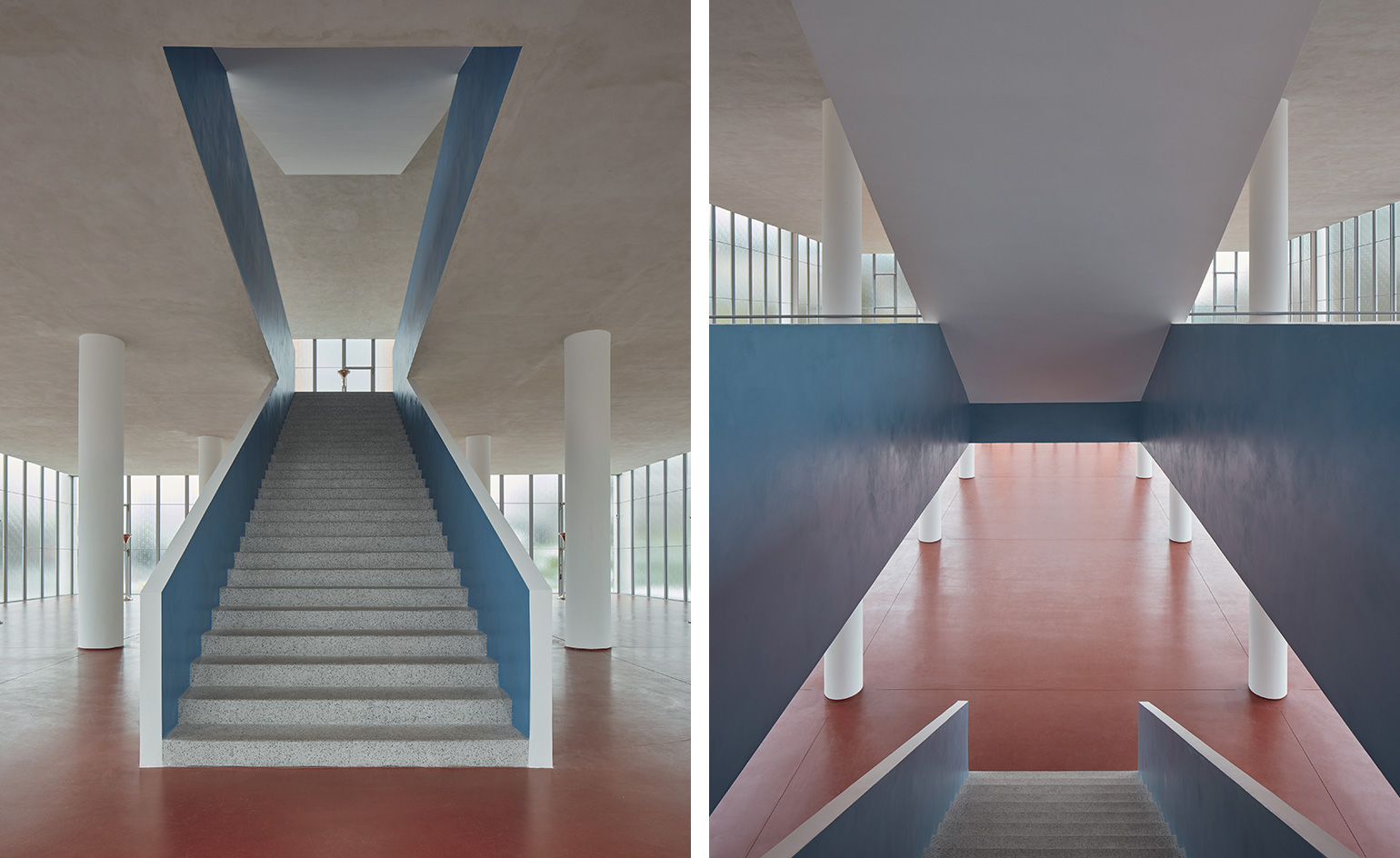
Compared to cosmopolitan Prague and the industrial powerhouse of Brno, Zlín was just a sleepy provincial Czech town before local entrepreneur Tomáš Baťa founded his shoemaking business there in 1894. With his help, the small Moravian town played a crucial role in the former Czechoslovakia’s journey towards prosperity and innovation, which led to it becoming one of the most developed countries in the world in the 1920s and 1930s – not least thanks to the spread of modernism, a movement that dominated the architectural discourse in the country at the time, and helped inspire a series of economic and social changes.
Soon, thanks to Baťa and his Zlín-based company (spelt Bata), Czechoslovakia became one of the world’s leading footwear exporters. An admirer of Taylorism – the progressive management theory of the time, which focused on economic efficiency and worker productivity – Baťa saw huge potential in modernist architecture and embraced it for the construction of his company’s spaces. He collaborated chiefly with two architects: Vladimír Karfík, who apprenticed at Frank Lloyd Wright’s Taliesin before designing most of the Bata stores during the 1920s and 1930s; and František Lýdie Gahura, who developed standardised structural systems to design factories and employee housing for the company. Gahura would change the landscape of the city, which was admired even by Le Corbusier, who visited Zlín in 1935.
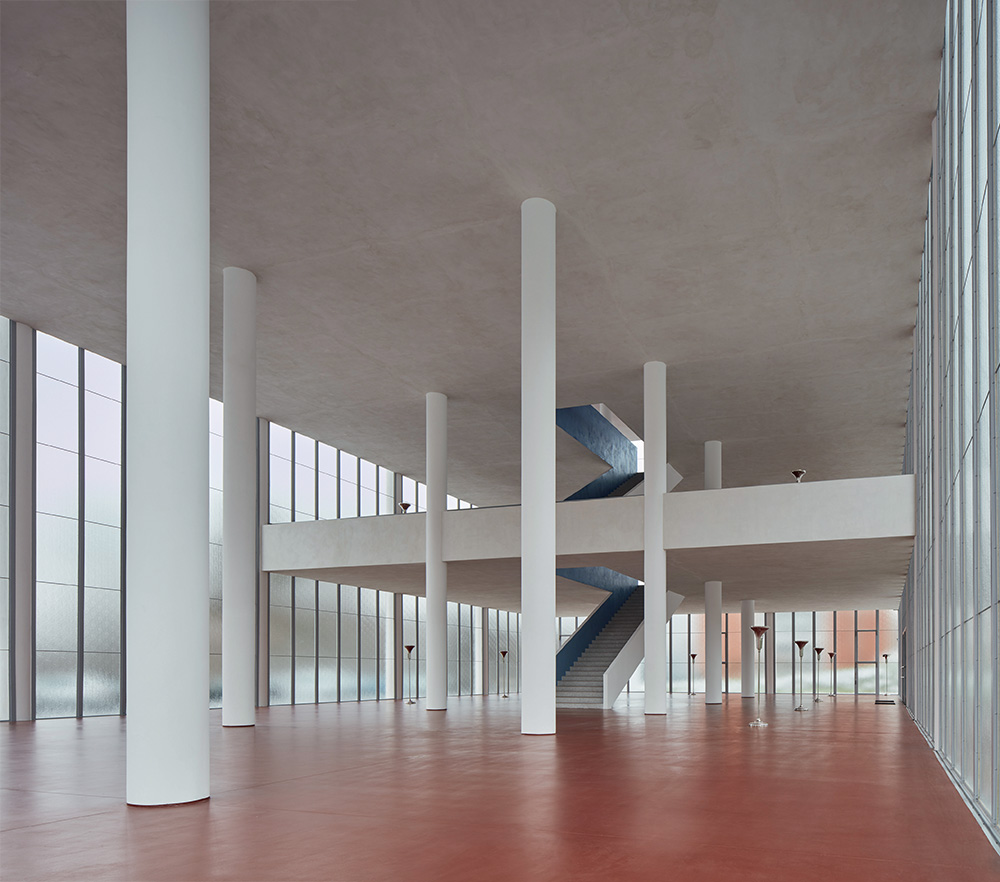
The concrete floors and stairwell are painted in contrasting hues, while Modernist metal lamps are set around the load-bearing concrete columns. Photography: Boysplaynice
Le Corbusier arrived three years after Baťa’s sudden death. The Czech pioneer crashed in his private plane while on the way to Switzerland, throwing an entire nation into shock and mourning. While his business was taken over by his half-brother Jan Antonín, Zlín’s local authority decided to create a memorial to its hero. Gahura was commissioned to design the monument, on a prominent site overlooking the city – much like a modern Acropolis. Gahura designed the building according to modernism’s strict functionalist principles, following Baťa’s personal and business values of modesty, purity and simplicity. Inspired by the structural design Gahura developed for the Bata factories – a modular construction system based on a 6.15m x 6.15m grid of reinforced steel, infilled by bricks – the memorial is a sharp, minimalist glass box with a flat roof. It features rows of circular, load-bearing columns and a central staircase that connects its three levels. The space housed busts of Bat́a, his brother Antonín, a company co-founder who died in 1908, and their mother Anna. At the memorial’s launch on 12 July 1933, the interior was dominated by a Junkers F13 plane (the model in which Baťa crashed). The ground floor was filled with memorabilia related to Baťa and his company, while the first floor was reserved for a footwear exhibition, and the top level remained empty.
The following years were tough for the Bat́a family. Jan Antonín escaped to Brazil in 1939 as the German army moved in, while Baťa’s son Thomas moved to Canada. In 1948, communists came to power in Czechoslovakia and labelled the Bata company a capitalist enemy of the country. While Jan Antonín and Thomas continued to develop the brand abroad, the Communists nationalised the factories in Czechoslovakia. Zlín was renamed Gottwaldov (after president Klement Gottwald) and the memorial was transformed into an art gallery. Changes and additions made the monument almost unrecognisable.
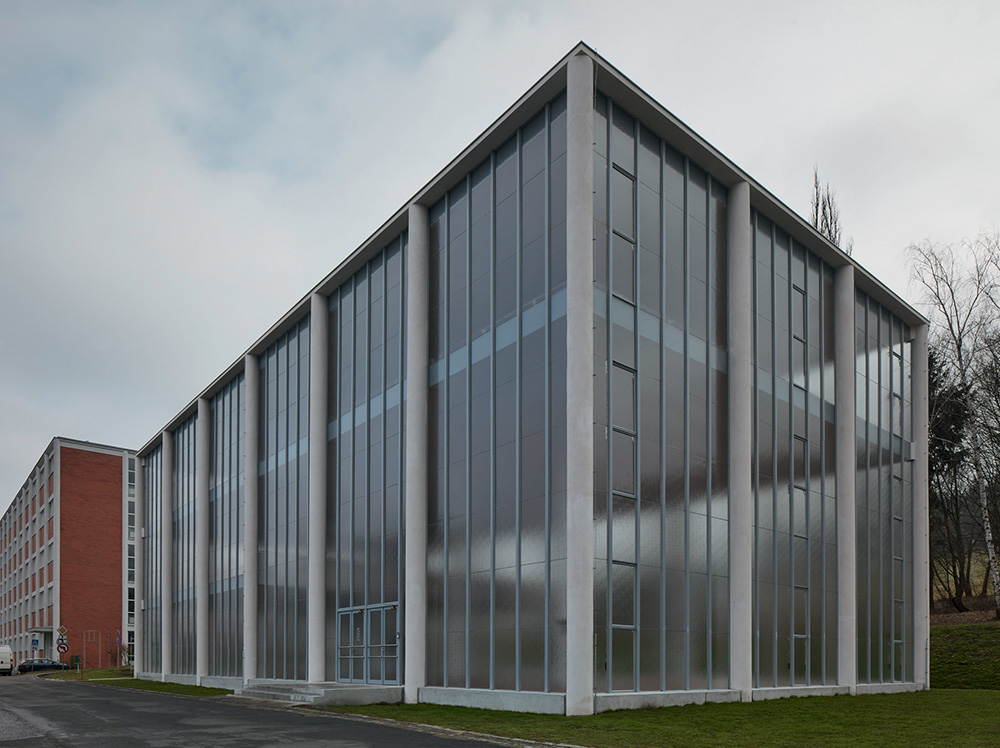
The structure features a steel-framed glass façade. Photography: Boysplaynice
The Zlín municipality started discussing restoring the structure in the 1990s. In 1995, British architecture historian Kenneth Frampton visited the city and shared his disappointment in a letter to Czech architecture historian Rostislav Švácha, saying ‘the only disillusionment was Bat́a’s memorial, which apparently did not receive good treatment’.
In 2011, the city approved the restoration project and moved the art gallery to a new space. Architect Petr Všetečka, of the Brno-based Transat studio, was tasked with the job and works finally began in 2016. ‘The memorial is an architectural gem, but the reconstruction work that took place in the 1950s ignored all of Gahura’s principles,’ he says. Všetečka worked with archival material and detailed technical research to achieve as authentic a restoration as possible. He stresses how important it was to work with Gahura’s original spirit of simplicity, while ensuring that the new structure adheres to contemporary requirements.
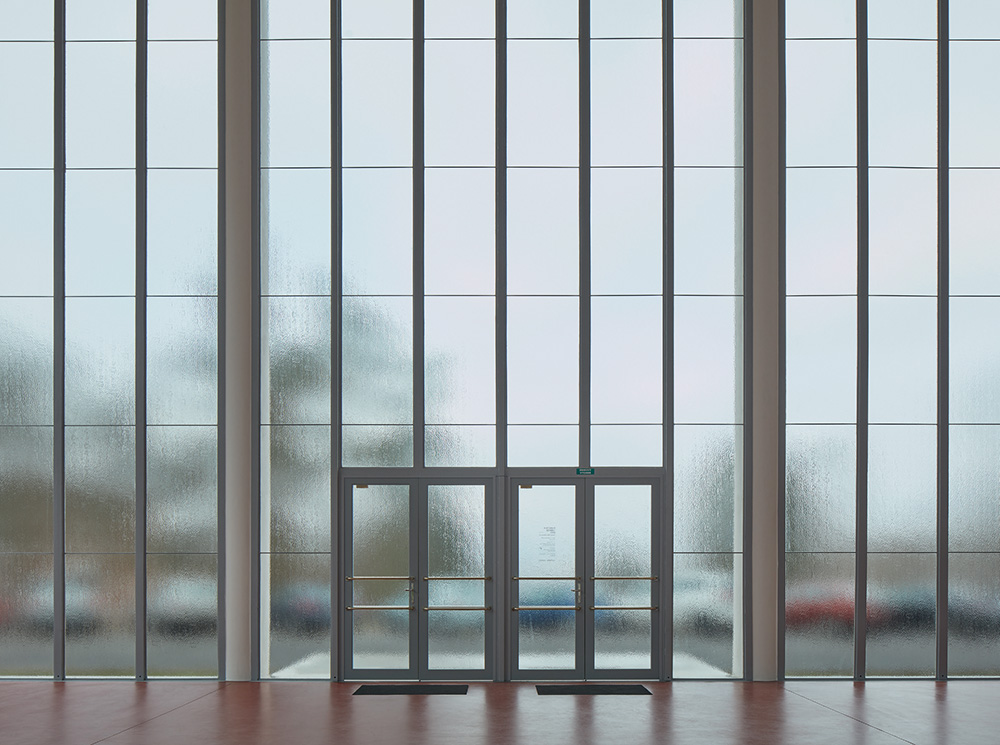
Gahura modelled the box-like form on his designs for Bata factories. Photography: Boysplaynice
All later additions to the structure have been demolished. Glass sheets were reproduced to the original design, the concrete staircase had to be rebuilt, and original details, including doors, sockets and the window opening mechanisms, were repaired or replicated.
After decades of neglect, the Tomáš Baťa Memorial has now been restored to its former glory, and is due to reopen to the public in May. A replica of the original Junkers plane is being made in Canada and will take its place in the memorial to complete this sensitive and culturally important project.
As originally featured in the June 2019 issue of Wallpaper* (W*243)
INFORMATION
Wallpaper* Newsletter
Receive our daily digest of inspiration, escapism and design stories from around the world direct to your inbox.
ADDRESS
Nám TG Masaryka 2570
Zlín
Adam Štěch is an architectural historian, curator, writer and photographer, based in Prague. He is the author of books including Modern Architecture and Interiors (2006), editor of design magazine Dolce Vita and a contributor to titles including Wallpaper* and Frame, while also teaching at Scholastika in Prague.
-
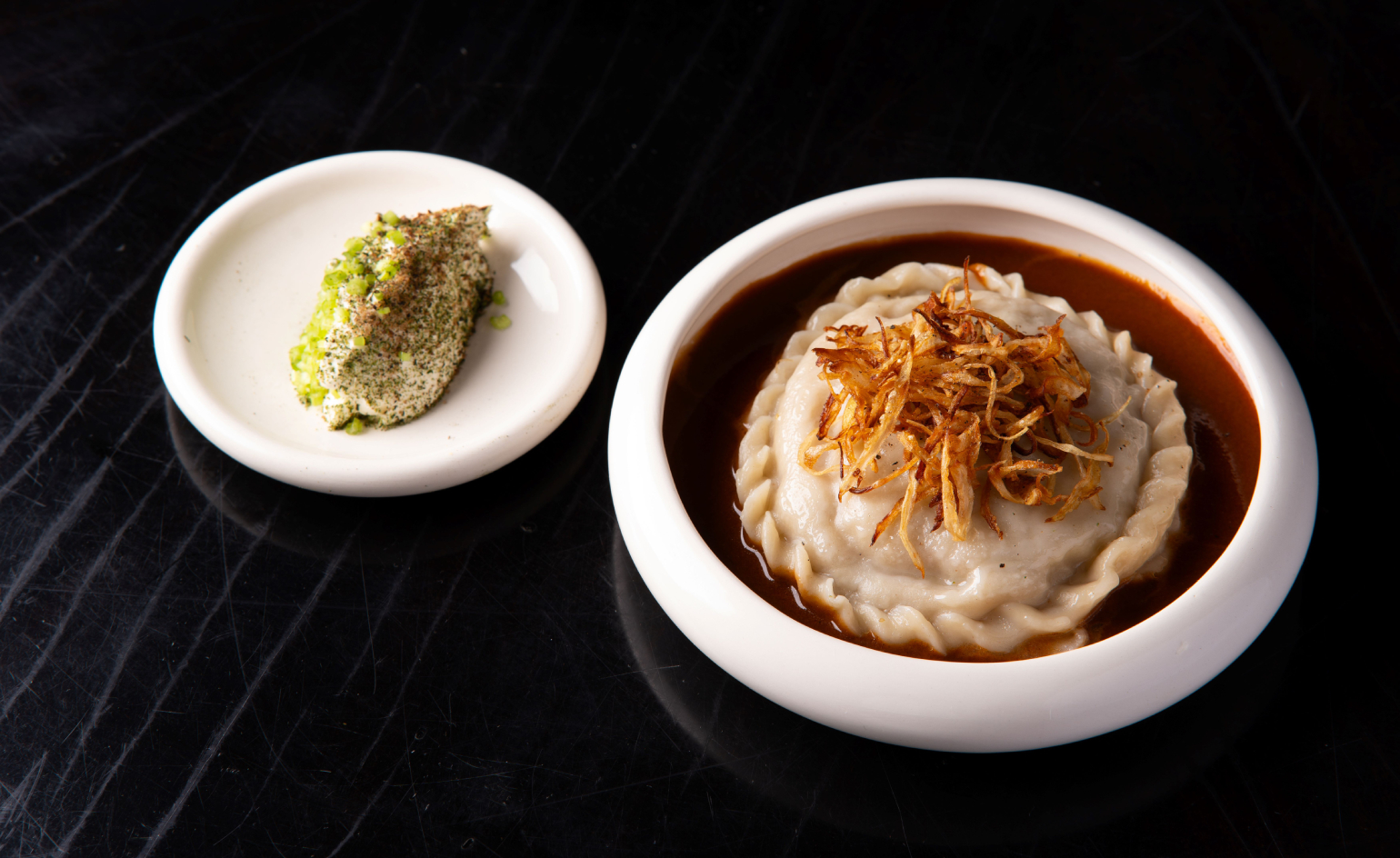 Tatar Bunar puts Ukrainian heritage front and centre
Tatar Bunar puts Ukrainian heritage front and centreFamily recipes and contemporary design merge at this new east London restaurant by Ukrainian restaurateurs Anna Andriienko and Alex Cooper
By Ben McCormack Published
-
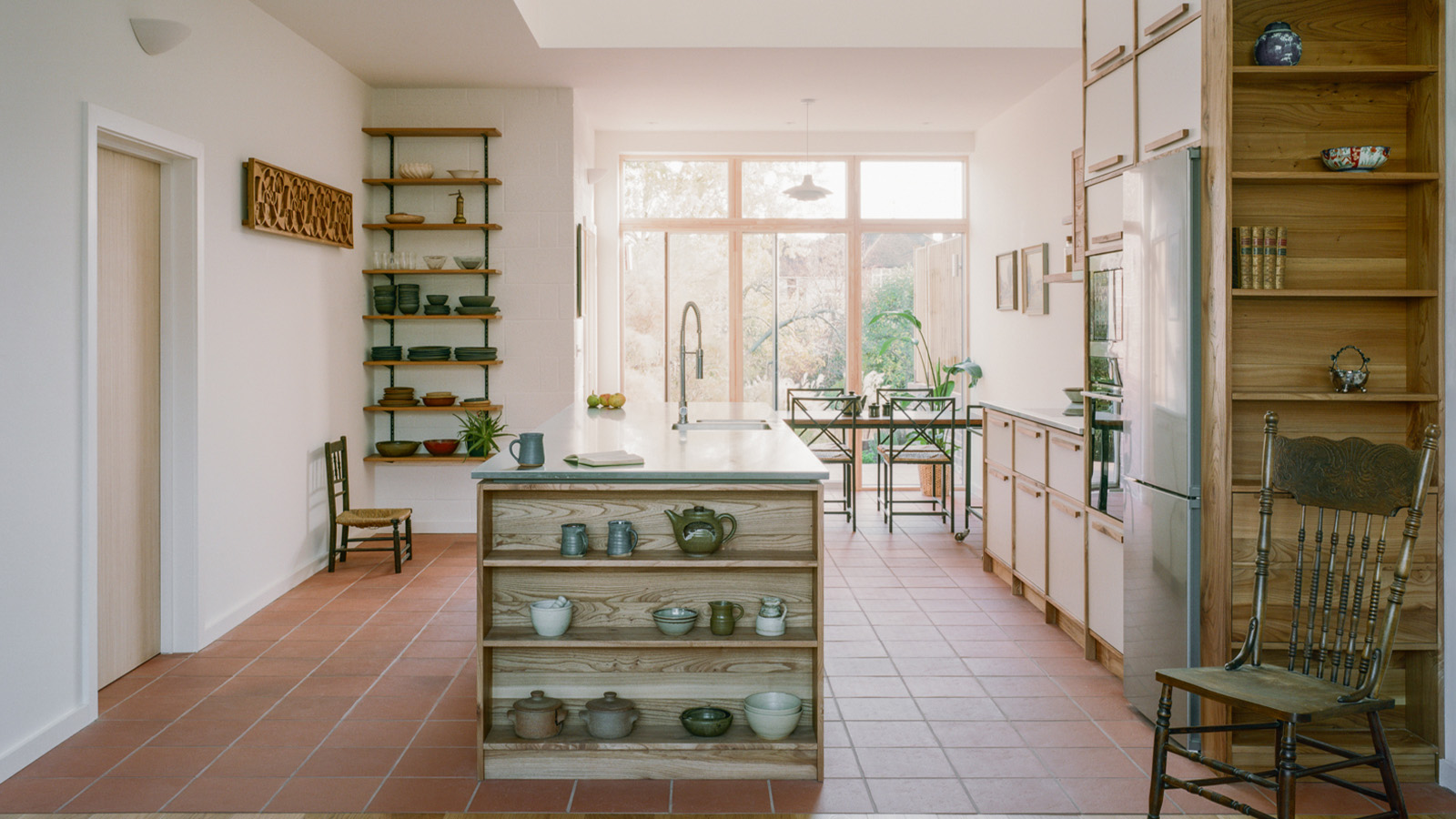 An octogenarian’s north London home is bold with utilitarian authenticity
An octogenarian’s north London home is bold with utilitarian authenticityWoodbury residence is a north London home by Of Architecture, inspired by 20th-century design and rooted in functionality
By Tianna Williams Published
-
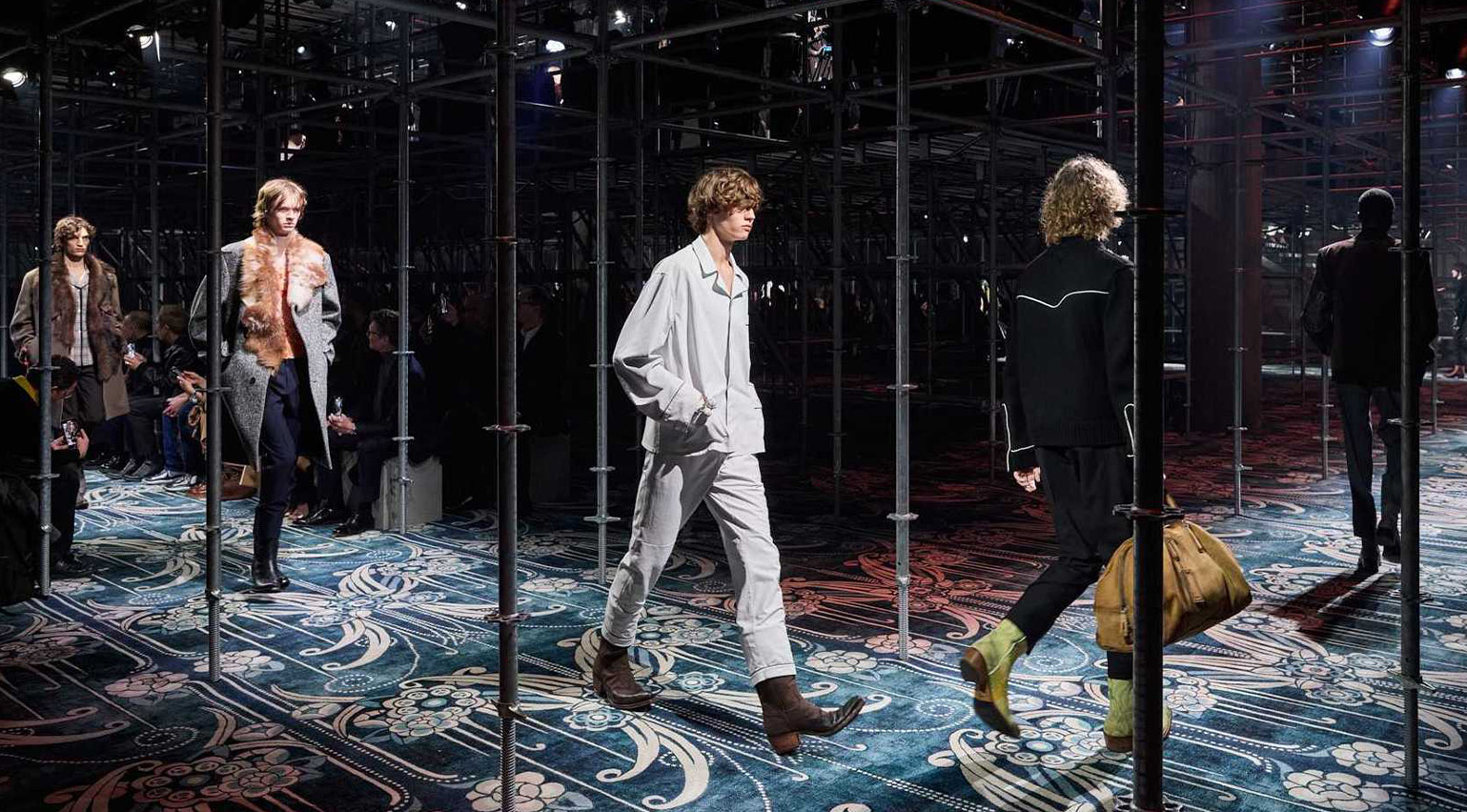 Men’s Fashion Week S/S 2026: what to expect
Men’s Fashion Week S/S 2026: what to expectEverything Wallpaper* knows about Men’s Fashion Week S/S 2026 so far, from Homme Plissé Issey Miyake’s guest spot at Pitti Uomo to Paul Smith’s celebration of Italy in Milan
By Jack Moss Published
-
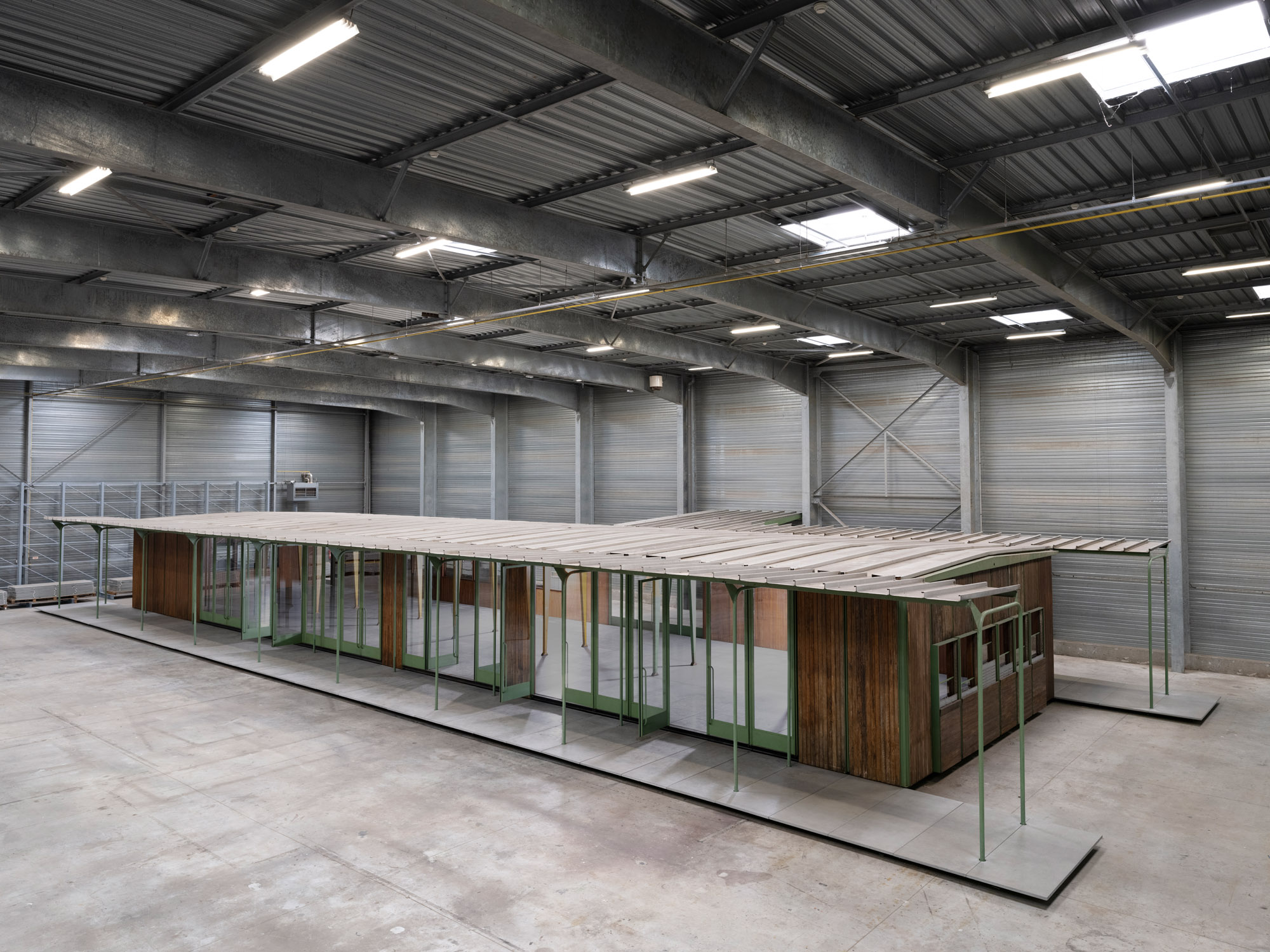 Croismare school, Jean Prouvé’s largest demountable structure, could be yours
Croismare school, Jean Prouvé’s largest demountable structure, could be yoursJean Prouvé’s 1948 Croismare school, the largest demountable structure ever built by the self-taught architect, is up for sale
By Amy Serafin Published
-
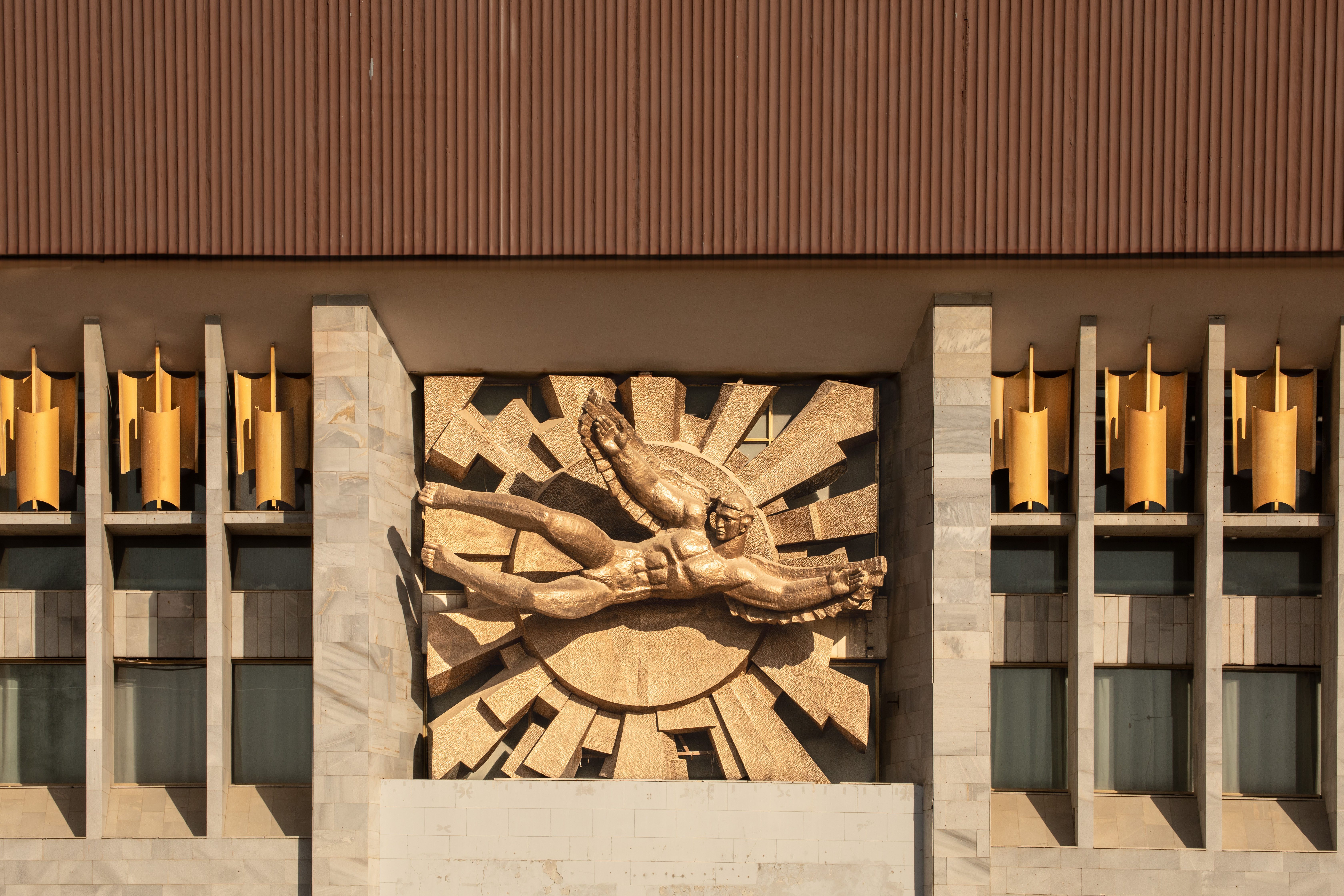 Jump on our tour of modernist architecture in Tashkent, Uzbekistan
Jump on our tour of modernist architecture in Tashkent, UzbekistanThe legacy of modernist architecture in Uzbekistan and its capital, Tashkent, is explored through research, a new publication, and the country's upcoming pavilion at the Venice Architecture Biennale 2025; here, we take a tour of its riches
By Will Jennings Published
-
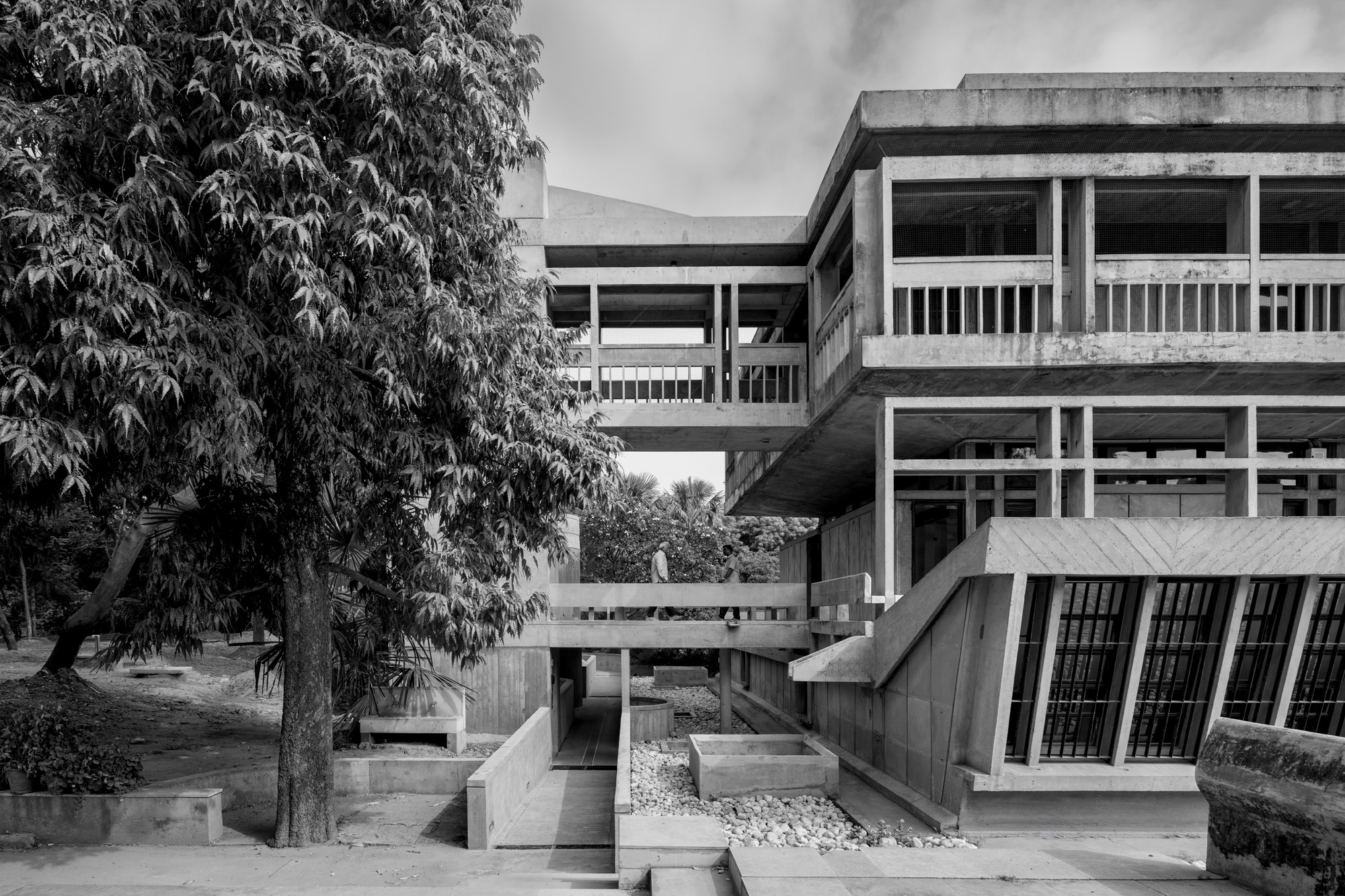 At the Institute of Indology, a humble new addition makes all the difference
At the Institute of Indology, a humble new addition makes all the differenceContinuing the late Balkrishna V Doshi’s legacy, Sangath studio design a new take on the toilet in Gujarat
By Ellie Stathaki Published
-
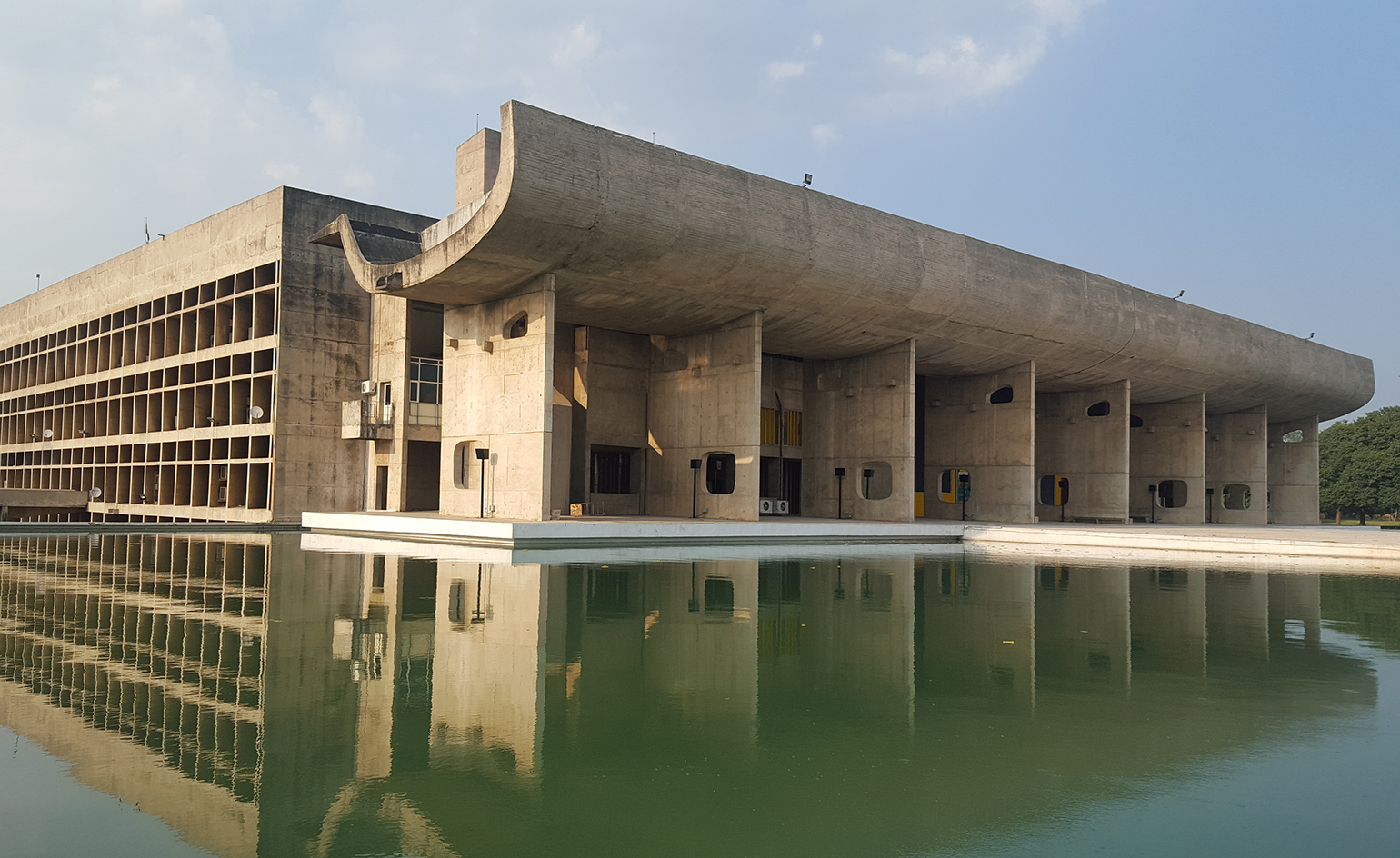 How Le Corbusier defined modernism
How Le Corbusier defined modernismLe Corbusier was not only one of 20th-century architecture's leading figures but also a defining father of modernism, as well as a polarising figure; here, we explore the life and work of an architect who was influential far beyond his field and time
By Ellie Stathaki Published
-
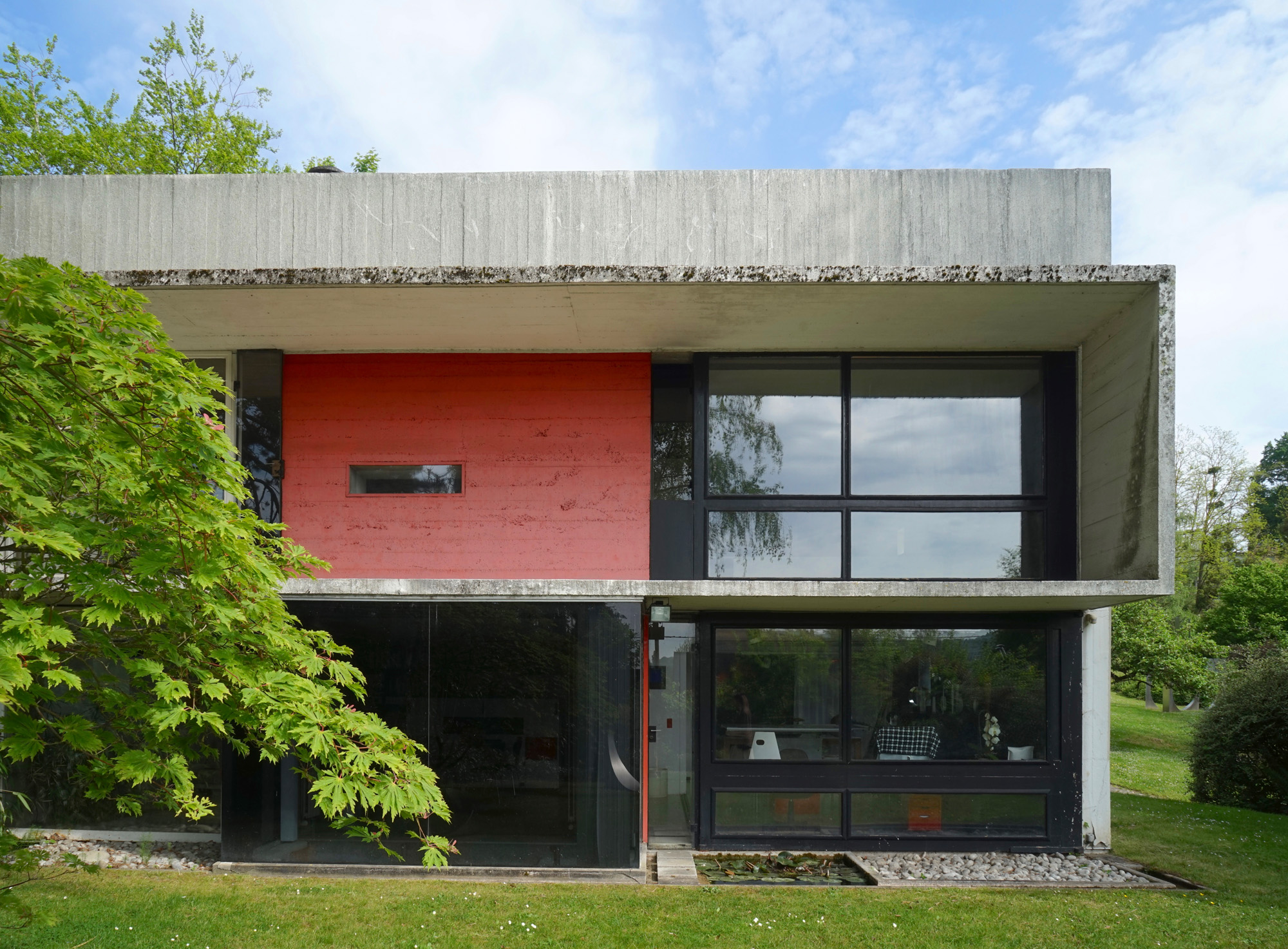 How to protect our modernist legacy
How to protect our modernist legacyWe explore the legacy of modernism as a series of midcentury gems thrive, keeping the vision alive and adapting to the future
By Ellie Stathaki Published
-
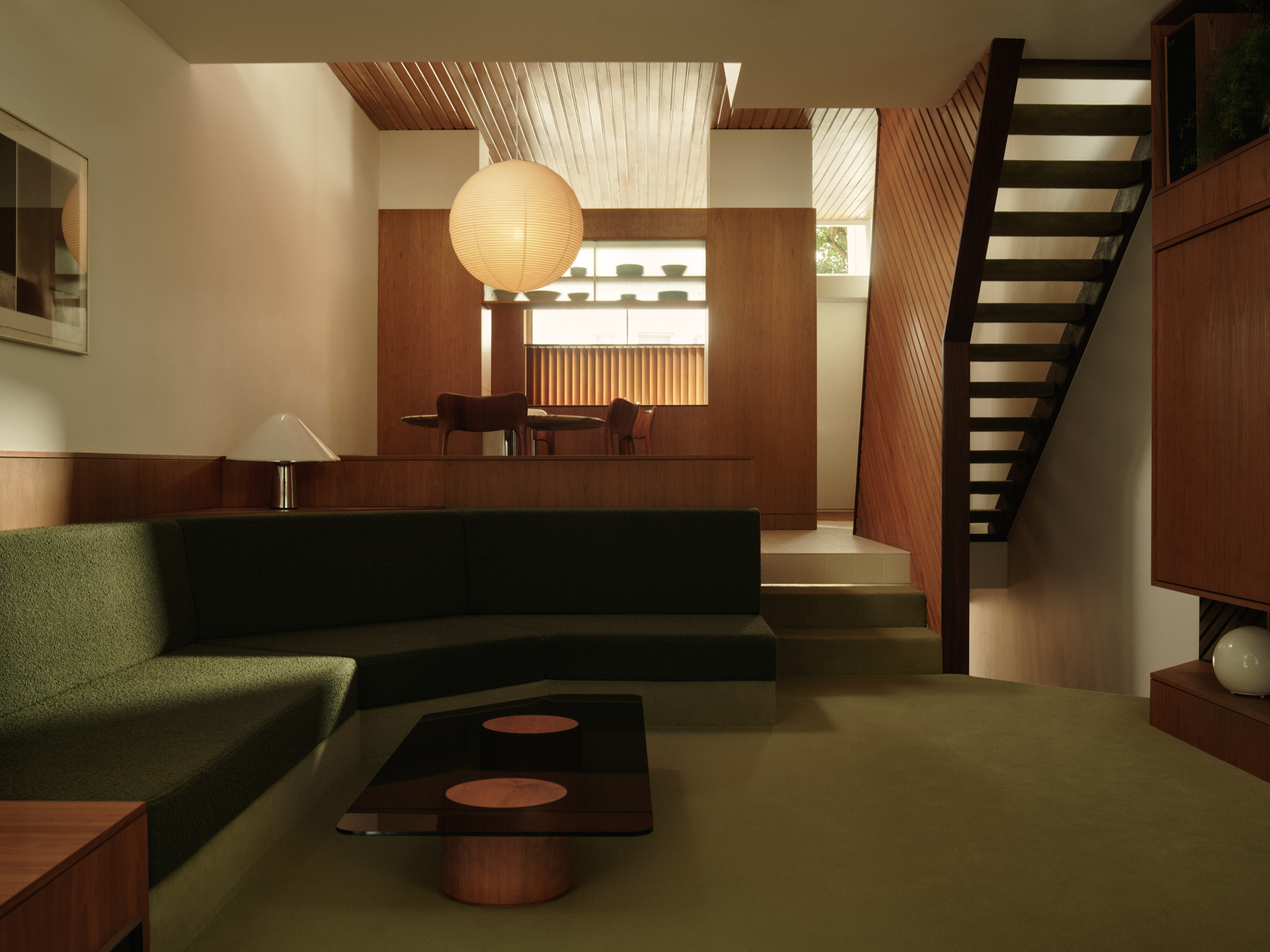 A 1960s North London townhouse deftly makes the transition to the 21st Century
A 1960s North London townhouse deftly makes the transition to the 21st CenturyThanks to a sensitive redesign by Studio Hagen Hall, this midcentury gem in Hampstead is now a sustainable powerhouse.
By Ellie Stathaki Published
-
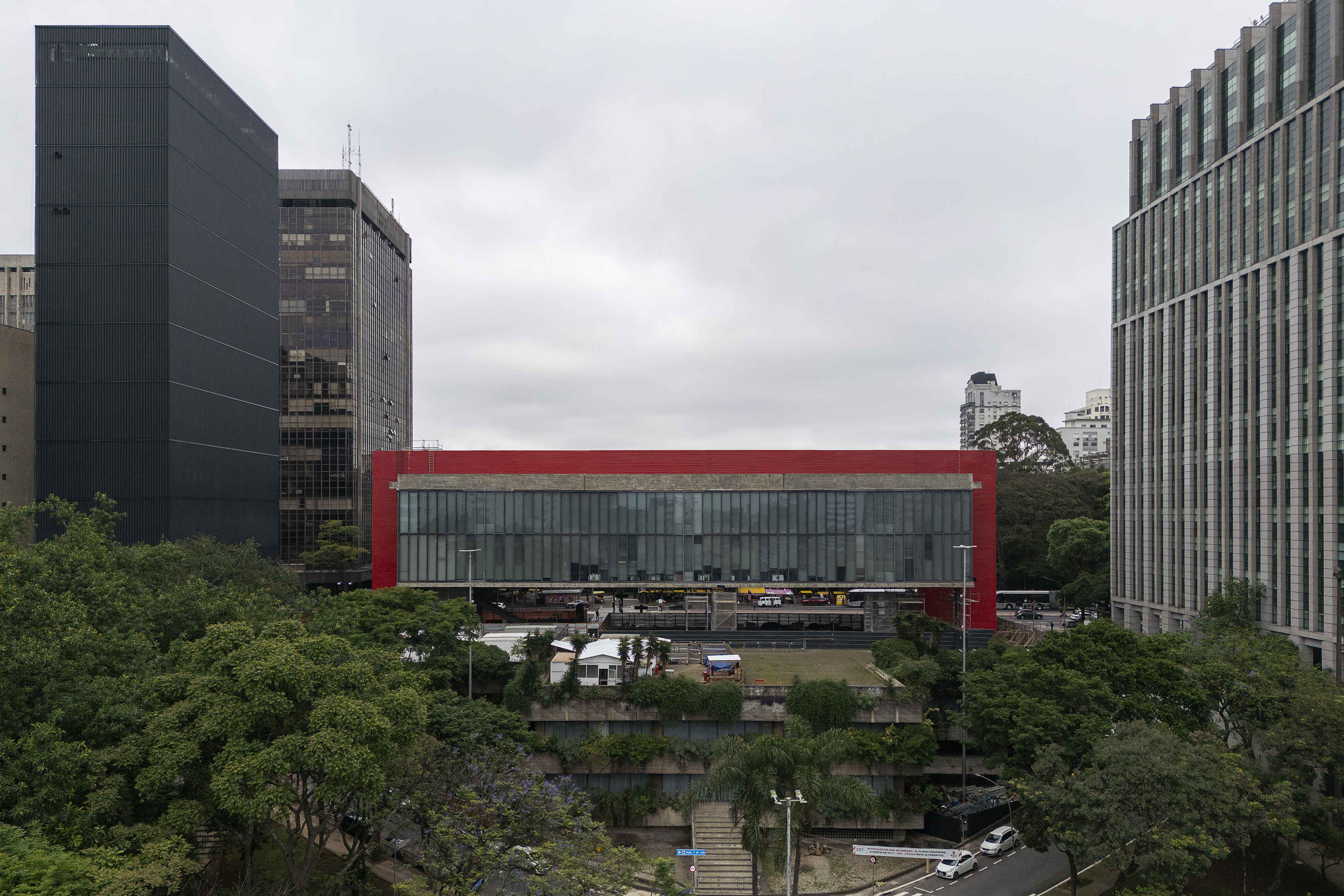 The new MASP expansion in São Paulo goes tall
The new MASP expansion in São Paulo goes tallMuseu de Arte de São Paulo Assis Chateaubriand (MASP) expands with a project named after Pietro Maria Bardi (the institution's first director), designed by Metro Architects
By Daniel Scheffler Published
-
 Marta Pan and André Wogenscky's legacy is alive through their modernist home in France
Marta Pan and André Wogenscky's legacy is alive through their modernist home in FranceFondation Marta Pan – André Wogenscky: how a creative couple’s sculptural masterpiece in France keeps its authors’ legacy alive
By Adam Štěch Published